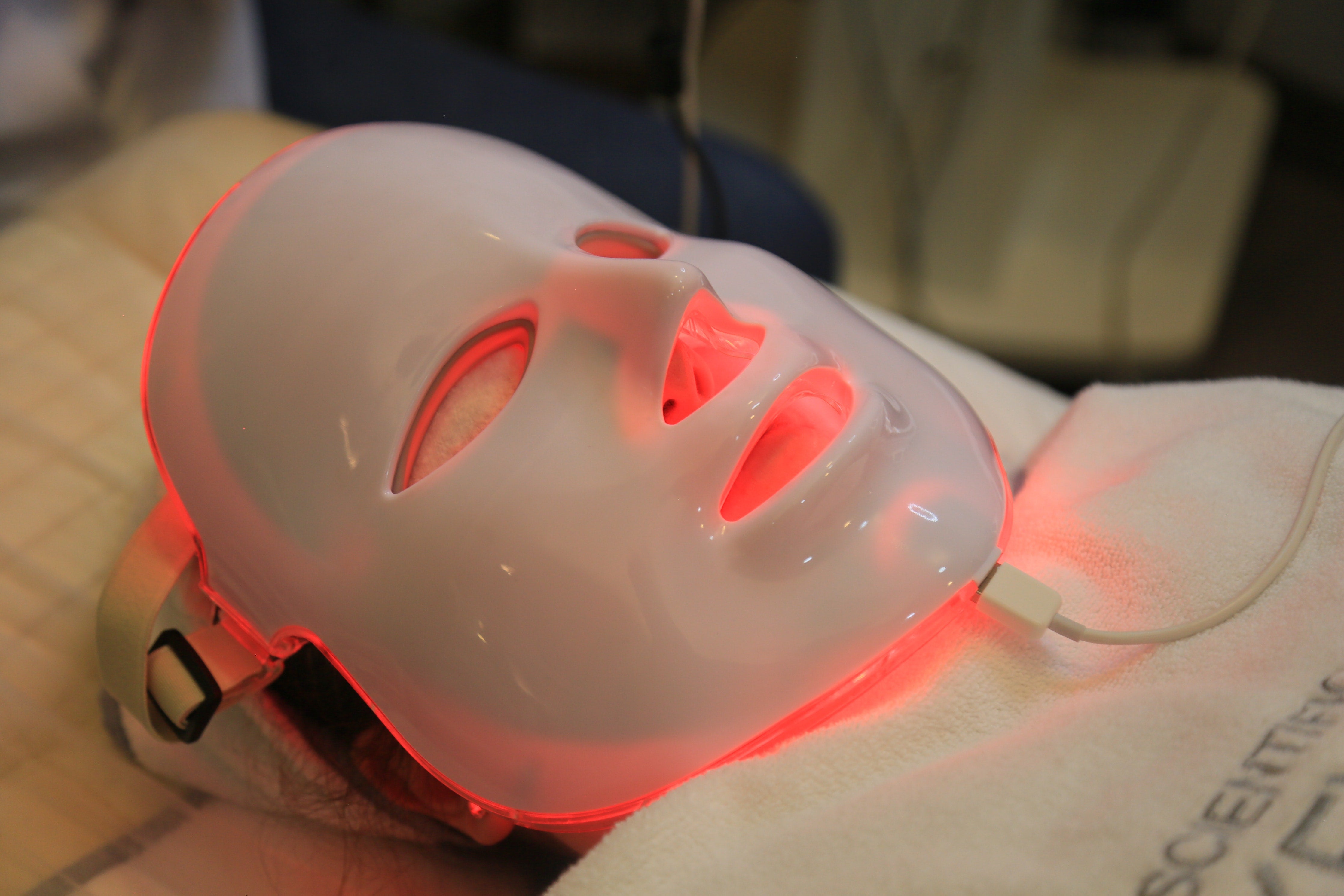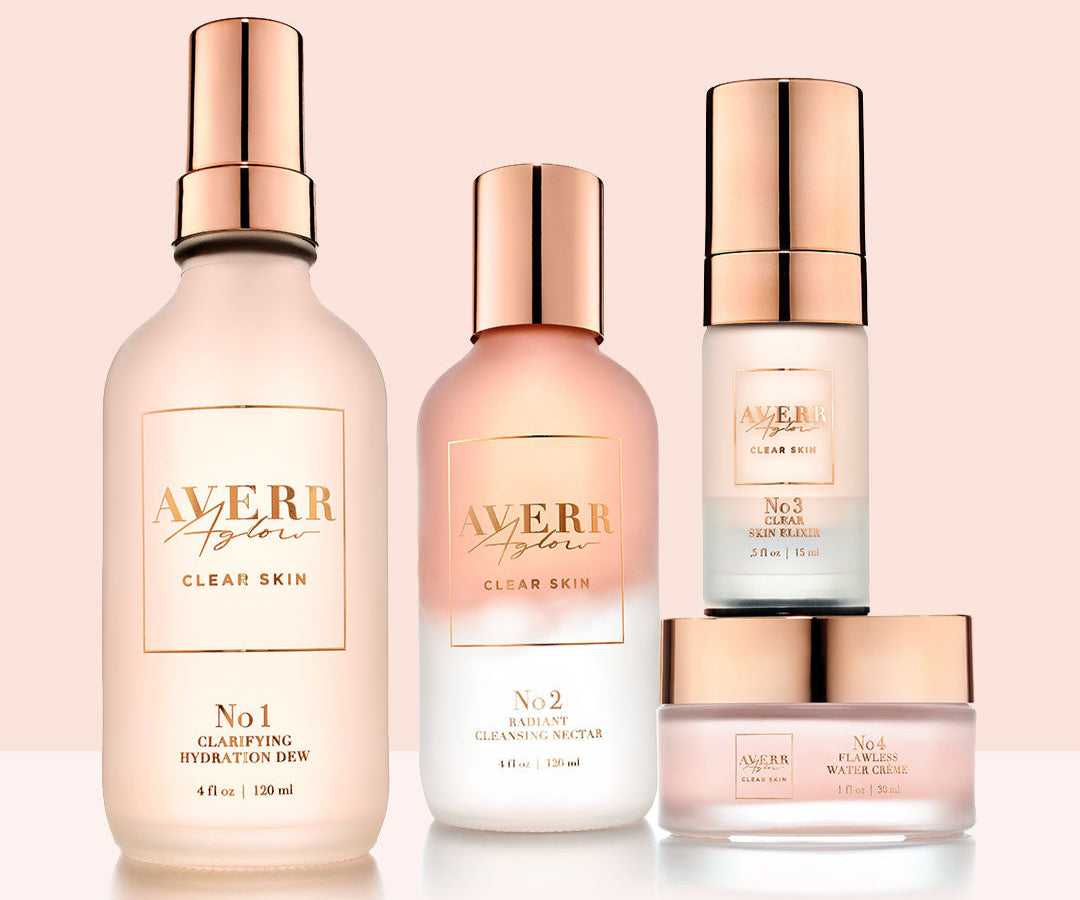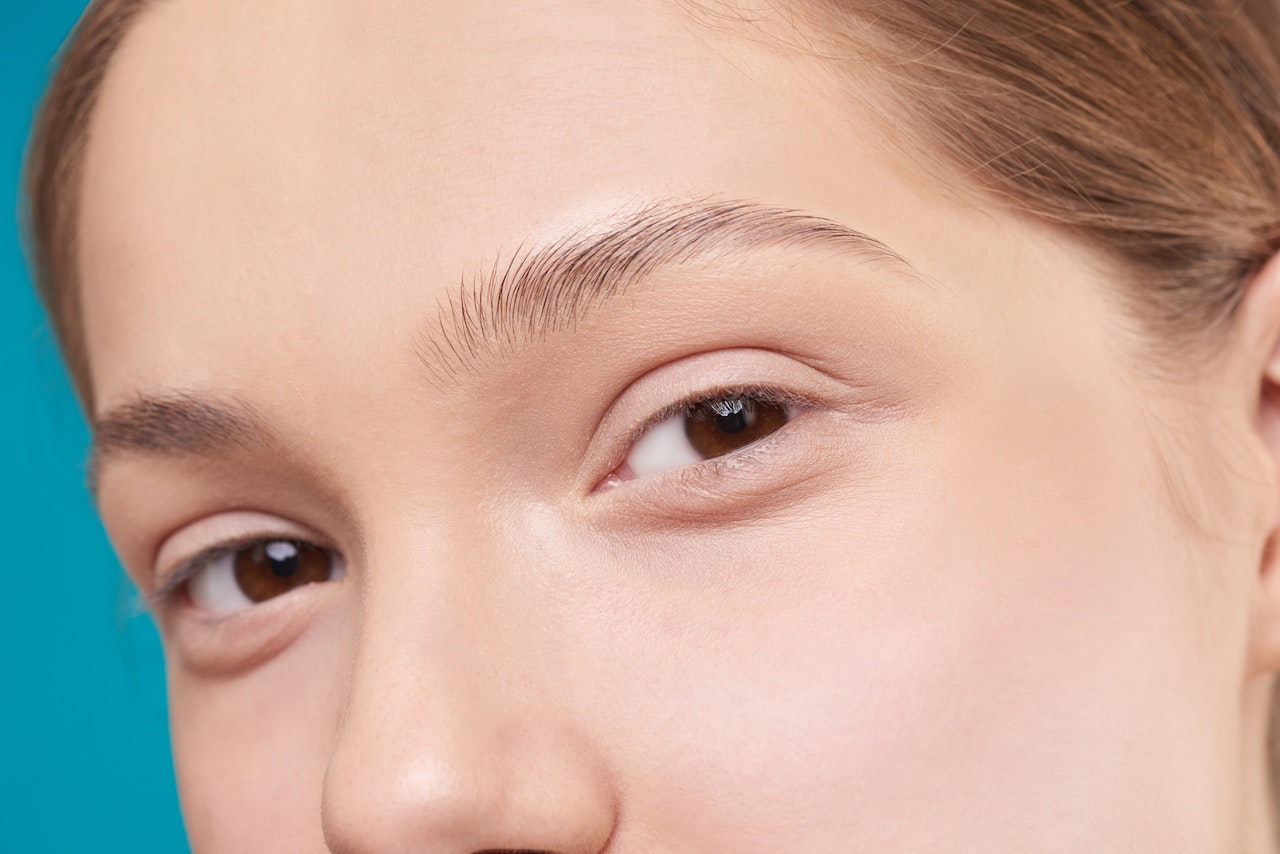
What is red light therapy and how does it work?
What is red light therapy?
You’ve probably heard of red light therapy—whether you’ve seen it at a skincare spa or on a celebrity’s Instagram (in the form of a crazy-looking face mask). You may be wondering: What is red light therapy—and is it right for me?
Also known as low-level laser therapy, low-power laser therapy, and photobiomodulation, red light therapy is a non-invasive treatment that uses a low wavelength of red light to stimulate healing and tissue repair. The healing benefits of red light therapy were first discovered when NASA used red light to experiment with plant growth in space and discovered its ability to heal the wounds of astronauts.
Research on the benefits of red light therapy is still ongoing, but it’s a safe treatment that’s been used in dermatology offices for over ten years. Today, red light therapy has been used for everything from skincare treatments to the reduction of chronic pain conditions. Read on to learn how red light therapy works and how it might benefit your skin.
How does red light therapy work?
Red light therapy works by exposing the body to red or near-infrared light, which activates the mitochondria and stimulates energy production in the cells. With more energy, your body’s cells work at a higher level and can more efficiently repair and rejuvenate the skin.
Unlike lasers—which cause controlled damage to the skin to stimulate an inflammatory reaction—red light therapies don’t cause trauma to the skin. This means you can get skin-healing benefits with no discomfort, irritation, or downtime (a win in our book!).
What is red light therapy used for in skincare?
Red light therapy has been shown to address signs of aging and skin damage by stimulating collagen and elastin production, increasing circulation, and decreasing inflammation.
When it comes to skincare, red light therapy can help with:
-
Reducing fine lines and wrinkles. By boosting the skin’s fibroblasts and stimulating collagen production, red light therapy has been shown to minimize signs of aging, reduce the appearance of fine lines and wrinkles, and promote soft, smooth, and firm skin.
-
Treating acne. By decreasing inflammation, red light therapy can help treat redness associated with acne, as well as increase defenses against acne-causing bacteria. It’s also great for healing acne because of its ability to encourage regeneration and tissue repair.
-
Minimizing scarring. By reducing inflammation, boosting circulation, and supporting tissue repair and regeneration, red light therapy can help improve and prevent scarring.
-
Healing wounds. From ulcers to psoriasis lesions, red light therapy accelerates the body’s ability to heal, making it an effective tool for wound healing.
How do I use red light therapy?
While red light therapy is widely available at dermatologists’ and doctor’s offices, there are also LED red light masks and devices you can use at home (just keep in mind that they’re less powerful and therefore less effective than the professional one you’d find from an in-office treatment).
One thing to note about red light therapy is that it isn't (typically) a one-and-done treatment. To achieve the best results, it’s recommended as an ongoing treatment, often 3-5 times per week. Of course, everyone’s skin is different, and the number of treatments you’ll need will depend on your skin, as well as the type of red-light device you’re using. It’s always best to talk to your doctor or dermatologist about the best treatment plan for you, and if you’re using an at-home device, make sure to consult the manufacturer’s instructions.
It’s also important to note that red light therapy should be used as a supplemental treatment, Make sure you’re also practicing a good at-home skincare routine that’s tailored to your needs—whether it’s acne-fighting or anti-aging.
What to Do Next? Try Averr Aglow’s Clear Skin Kit
Tired of feeling lost and confused about what you should do to get clear, smooth skin? Order the Clear Skin Kit.
The Clear Skin Kit contains products specially crafted with the perfect blend of natural ingredients that help soothe and calm red, irritated skin while also clearing up breakouts. If you struggle with sensitive acne/breakout-prone skin, hormonal acne, cystic acne, or rosacea, then you’ll be happy you found this complete routine.
Please understand, that results may vary, we’re not selling you a miracle product and would never try to position or state that you will get a true result in only a few days. In our clinical trials, most users found the most results at the 30-day and then the 56-day mark by sticking with our routine.
What is Averr Aglow®?
Averr means Truth. We have pioneered a revolutionary no-rinse cleansing routine specifically tailored to address problematic skin issues.
Hi, I’m Camille, founder of Averr Aglow, and I help adult women who are battling breakouts and acne get clear skin results like they have never seen before, even if nothing has worked for them in the past.
After battling breakouts for over 16 years, trying every skincare product under the sun, and visiting countless professionals like dermatologists, nutritionists, and hormonal doctors, I finally learned why nothing seemed to work on clearing up my skin, what truly causes breakouts and acne, and EXACTLY what to do to get clear skin results – and I want to help you do the same.
Let me help you! Read my full testimonial here.






